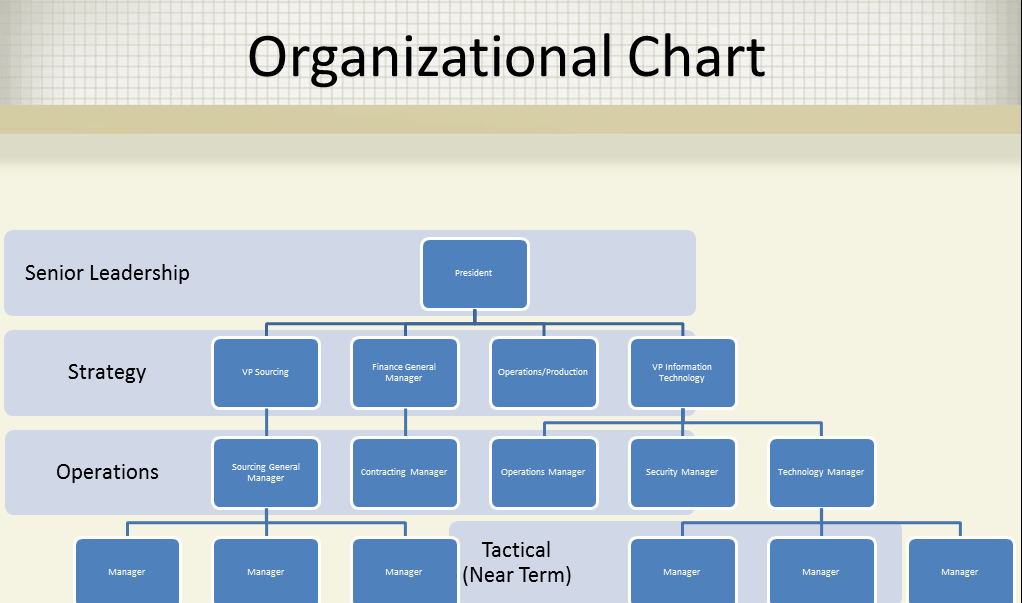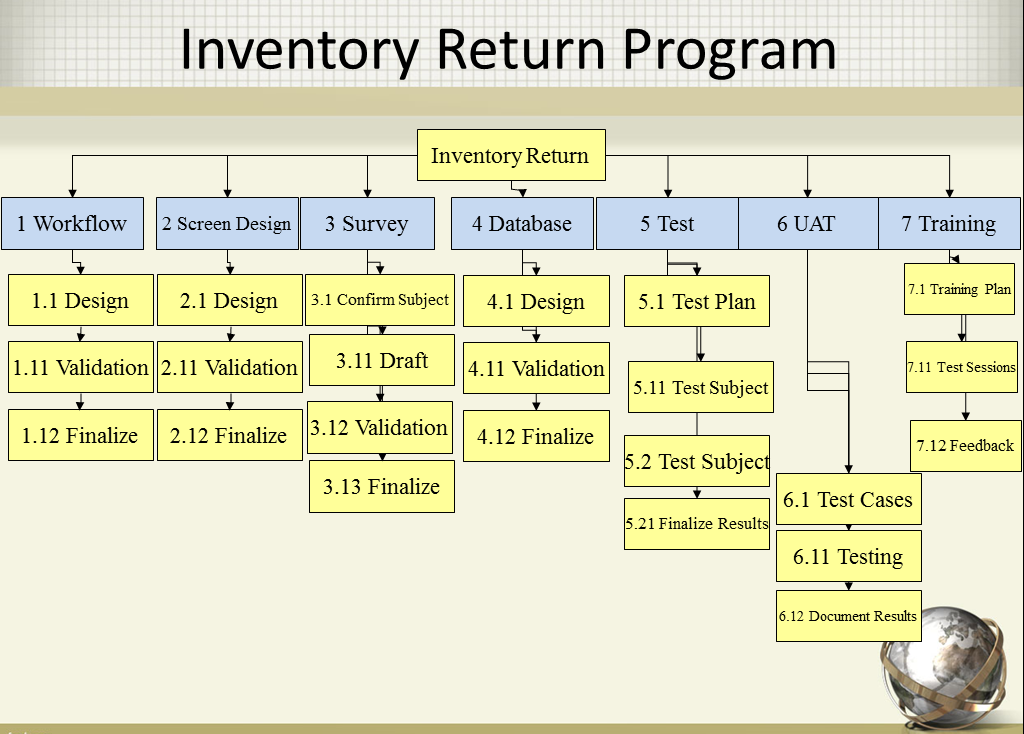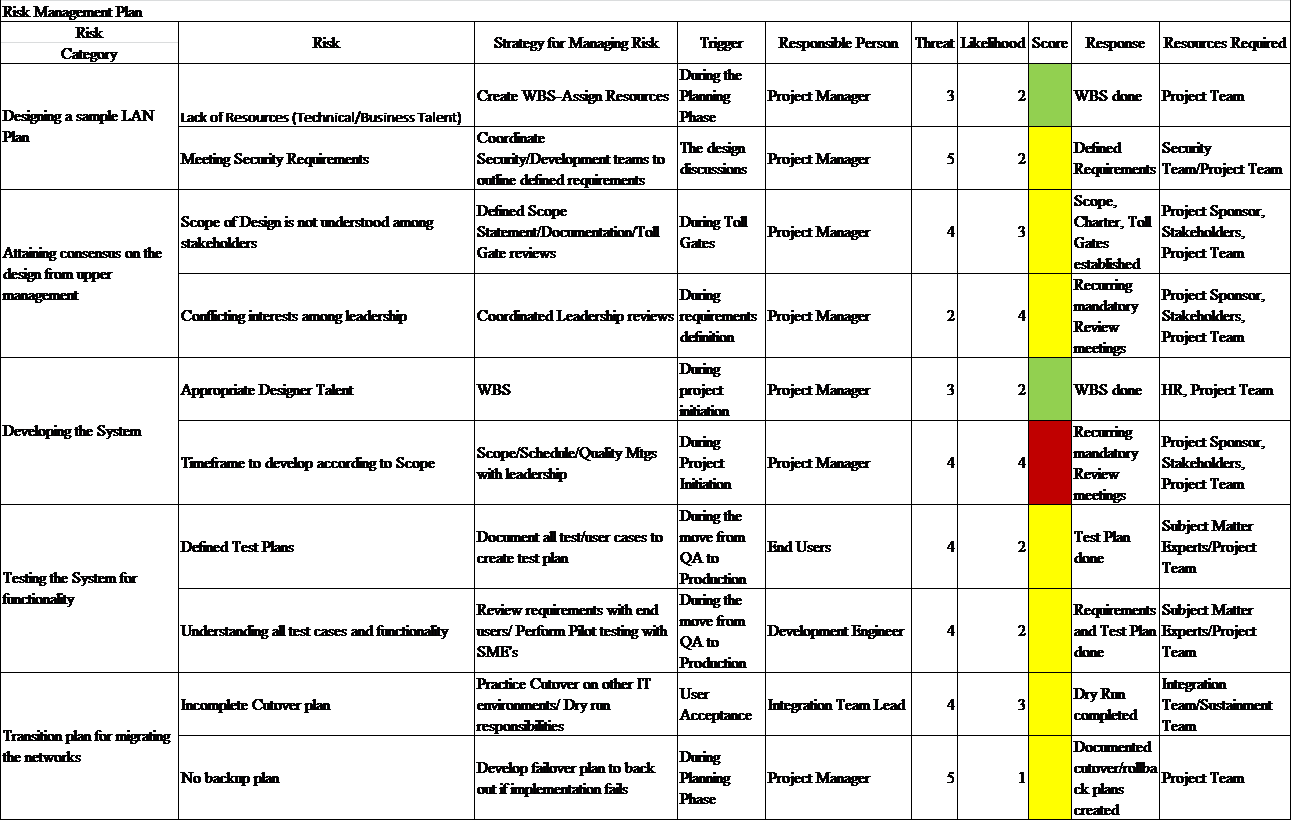 All papers examples
All papers examples
Disciplines

- MLA
- APA
- Master's
- Undergraduate
- High School
- PhD
- Harvard
- Biology
- Art
- Drama
- Movies
- Theatre
- Painting
- Music
- Architecture
- Dance
- Design
- History
- American History
- Asian History
- Literature
- Antique Literature
- American Literature
- Asian Literature
- Classic English Literature
- World Literature
- Creative Writing
- English
- Linguistics
- Law
- Criminal Justice
- Legal Issues
- Ethics
- Philosophy
- Religion
- Theology
- Anthropology
- Archaeology
- Economics
- Tourism
- Political Science
- World Affairs
- Psychology
- Sociology
- African-American Studies
- East European Studies
- Latin-American Studies
- Native-American Studies
- West European Studies
- Family and Consumer Science
- Social Issues
- Women and Gender Studies
- Social Work
- Natural Sciences
- Anatomy
- Zoology
- Ecology
- Chemistry
- Pharmacology
- Earth science
- Geography
- Geology
- Astronomy
- Physics
- Agriculture
- Agricultural Studies
- Computer Science
- Internet
- IT Management
- Web Design
- Mathematics
- Business
- Accounting
- Finance
- Investments
- Logistics
- Trade
- Management
- Marketing
- Engineering and Technology
- Engineering
- Technology
- Aeronautics
- Aviation
- Medicine and Health
- Alternative Medicine
- Healthcare
- Nursing
- Nutrition
- Communications and Media
- Advertising
- Communication Strategies
- Journalism
- Public Relations
- Education
- Educational Theories
- Pedagogy
- Teacher's Career
- Statistics
- Chicago/Turabian
- Nature
- Company Analysis
- Sport
- Paintings
- E-commerce
- Holocaust
- Education Theories
- Fashion
- Shakespeare
- Canadian Studies
- Science
- Food Safety
- Relation of Global Warming and Extreme Weather Condition
Paper Types

- Movie Review
- Essay
- Admission Essay
- Annotated Bibliography
- Application Essay
- Article Critique
- Article Review
- Article Writing
- Assessment
- Book Review
- Business Plan
- Business Proposal
- Capstone Project
- Case Study
- Coursework
- Cover Letter
- Creative Essay
- Dissertation
- Dissertation - Abstract
- Dissertation - Conclusion
- Dissertation - Discussion
- Dissertation - Hypothesis
- Dissertation - Introduction
- Dissertation - Literature
- Dissertation - Methodology
- Dissertation - Results
- GCSE Coursework
- Grant Proposal
- Admission Essay
- Annotated Bibliography
- Application Essay
- Article
- Article Critique
- Article Review
- Article Writing
- Assessment
- Book Review
- Business Plan
- Business Proposal
- Capstone Project
- Case Study
- Coursework
- Cover Letter
- Creative Essay
- Dissertation
- Dissertation - Abstract
- Dissertation - Conclusion
- Dissertation - Discussion
- Dissertation - Hypothesis
- Dissertation - Introduction
- Dissertation - Literature
- Dissertation - Methodology
- Dissertation - Results
- Essay
- GCSE Coursework
- Grant Proposal
- Interview
- Lab Report
- Literature Review
- Marketing Plan
- Math Problem
- Movie Analysis
- Movie Review
- Multiple Choice Quiz
- Online Quiz
- Outline
- Personal Statement
- Poem
- Power Point Presentation
- Power Point Presentation With Speaker Notes
- Questionnaire
- Quiz
- Reaction Paper
- Research Paper
- Research Proposal
- Resume
- Speech
- Statistics problem
- SWOT analysis
- Term Paper
- Thesis Paper
- Accounting
- Advertising
- Aeronautics
- African-American Studies
- Agricultural Studies
- Agriculture
- Alternative Medicine
- American History
- American Literature
- Anatomy
- Anthropology
- Antique Literature
- APA
- Archaeology
- Architecture
- Art
- Asian History
- Asian Literature
- Astronomy
- Aviation
- Biology
- Business
- Canadian Studies
- Chemistry
- Chicago/Turabian
- Classic English Literature
- Communication Strategies
- Communications and Media
- Company Analysis
- Computer Science
- Creative Writing
- Criminal Justice
- Dance
- Design
- Drama
- E-commerce
- Earth science
- East European Studies
- Ecology
- Economics
- Education
- Education Theories
- Educational Theories
- Engineering
- Engineering and Technology
- English
- Ethics
- Family and Consumer Science
- Fashion
- Finance
- Food Safety
- Geography
- Geology
- Harvard
- Healthcare
- High School
- History
- Holocaust
- Internet
- Investments
- IT Management
- Journalism
- Latin-American Studies
- Law
- Legal Issues
- Linguistics
- Literature
- Logistics
- Management
- Marketing
- Master's
- Mathematics
- Medicine and Health
- MLA
- Movies
- Music
- Native-American Studies
- Natural Sciences
- Nature
- Nursing
- Nutrition
- Painting
- Paintings
- Pedagogy
- Pharmacology
- PhD
- Philosophy
- Physics
- Political Science
- Psychology
- Public Relations
- Relation of Global Warming and Extreme Weather Condition
- Religion
- Science
- Shakespeare
- Social Issues
- Social Work
- Sociology
- Sport
- Statistics
- Teacher's Career
- Technology
- Theatre
- Theology
- Tourism
- Trade
- Undergraduate
- Web Design
- West European Studies
- Women and Gender Studies
- World Affairs
- World Literature
- Zoology
Damage Inventory Return, Research Paper Example
Hire a Writer for Custom Research Paper
Use 10% Off Discount: "custom10" in 1 Click 👇
You are free to use it as an inspiration or a source for your own work.

Vision
Provide one source of the truth for inventory management including status, location, quantity and source.
Mission Statement
The mission of our organization is to provide technologically integrated services to processing damaged inventory goods back to the supplier or to scrap the inventory and proceed to garner financial or inventory restitution from the supplier.
Project Objectives
- Create processes to ensure accountability for damaged goods
- Create a system for documentation of damaged goods inventory
- Incorporate integration between business processes and procedures with technological solutions
- Create a return to vendor process
- Create a system of record for all returns and damaged goods
- Create a network tool for team collaboration
- Provide connectivity of data among disparate groups
- Development of Knowledge Center to track, maintain and ensure availability of data to designated roles within the organization
- Increase engagement and data collection by leveraging technology
- Provide communication venues for members of the supply chain
- Enables line of sight to current inventory status, levels and locations in real-time or near real-time
- Increases the supply chain knowledge base by providing educational services, communication to staff and other web-based applications to keep the internal users connected with current policies, procedures and processes
Scope
The damaged goods inventory management process includes all functionality in the aspects of inventory management and control. The overall inventory management program will include obtaining information, managing inventory levels, ensuring a process for return to vendor and ensuring accountability through documentation and evidence based decisions.
Justification
Increasing the quality and quantity of information will provide the supply chain all of the necessary data to make informed decisions on the action to take regarding inventory management. Connecting the internal systems with external information will align the disparate communities of supply chain, quality and sourcing. This will provide a line of sight to one source of the truth regarding inventory monitoring and controlling functions. This provides the capability to hold the vendors accountable for their inventory damages and allows for restitution for non-conforming material. There is one source of information that is accessible throughout the facilities by those that need the information.
Having the right information and providing the information to those within the organization provides those employees the accurate and reliable information needed to negotiate returns and costs associated with the non-conforming material.
The primary objective of creating the system and processes for damaged inventory returns is to increase the level of accountability and promote a venue for cost reduction as well as cost allocation to the appropriate party. Working in a collaborative environment will ensure an overall better experience by the supply chain negotiators and inventory control specialists by allowing for accurate data to be transformed into actionable information.
Implementation Strategy
The implementation of this project will follow the waterfall project management methodology according to the Project Management Book of Knowledge (PMBOK). The project itself will require implementation of both a technical solution as well as a business process implementation. The technology implementation will include hardware and software implementation prior to the launch of the initial network collaboration and system implementation. Concurrently with the hardware and software implementation the second half of the project will focus on the business processes implementation.
The hardware and software project will focus on the implementation of the equipment in the established data center. The capital equipment will be ordered and the requirements are based upon the system requirements of the application as well as the potential growth and need for servers and infrastructure to support the network applications. Once the hardware is in place the requirements for software configuration will be reviewed by the business owners to ensure the outlined business processes are coordinated with the functionality of the application.
The business process changes will be outlined based upon the requirements outlined in the project plan documentation. The project manager has the responsibility to conduct a gap analysis and provide the necessary solutions to meet the scope of the project. The end users of the system will be trained on the system prior to launch of the application and training material will be provided for both patients and medical staff.
In order to mitigate the risk of launching the application enterprise wide, there will be a limited or pilot release in one area of the plant that will last fifteen (15) calendar days. During this time feedback will be obtained through bi-weekly (2 times per week) meetings with staff and surveys conducted by patients. As feedback is received the necessary project management activities will be implemented prior to launching enterprise wide. The project will then be rolled out to the entire operation for use by all employees. The project is planned for a five (5) month duration. This is planned to incorporate the timing for physical inventory.
Customers
| Name | Role | Position |
| Planning Analyst | Plans and Coordinates inbound Material | |
| Inventory Control Specialist | Plans and Coordinates internal material movement and return to vendor operations | |
| Supplier Agent | Manages Supplier relationships | |
| Supplier | Provides material to operations | |
| Sourcing Agent | Negotiates prices, terms and conditions of purchase | |
| Direct Material Manager | Manages and leads all direct material, operators and employees in the plant’s direct material operations |
Stakeholders
| Name | Role | Position |
| Plant Manager | Leads Plant Operations | |
| Sourcing General Manager | Manages and leads all sourcing/buying activity | |
| IT General Manager | Manages and leads IT systems and operations | |
| Engineering GM | Leads engineering in charge of change control | |
| Direct Material Manager | Manages and leads all direct material, operators and employees in the plant’s direct material operations |
Project Resources
| Name | Role | Position |
| Sponsor/Mentor | Provides guidance and funding for project | |
| Finance Officer | Manages budget and expenses | |
| System Administrator | Responsible for IT infrastructure | |
| System Analyst | Programs inventory solution | |
| Systems Analyst II | Programs inventory solution | |
| System Programmer | Manages Programmers and ensures integrity of systems | |
| Project Manager | Project Manager |
Organizational Chart

Completion Date
Schedule Start: Month 1 2014
Completion: Month 6 2014
Work Breakdown Structure

Measures of Success
Success is ultimately achieved by fulfilling the end users’ needs and expectations. The goals and objectives of this project have goals that are specific, measurable, achievable, relevant and time-bound. The project scope must align with the expectations of the stakeholders as well as the cost estimates, established budget and the proposed schedule of the project. Each objective will have a pass/fail criteria established with the stakeholders so that at the end of the project the criteria accepted at the beginning of the project will be the same criteria that is measured for project completion. The three key success criteria include creation and adoption of the business process, software implementation and successful returns and payments for returns from the vendor.
Success will be the implementation of an inventory control process coupled with an information technology solution while meeting the scope of the project. If the scope is altered during the course of the project the acceptance criteria will be adjusted to meet the scope requirements. As with all projects, if the scope changes the schedule and cost of the project are also subject to change. It is up to the project manager to manage the change in scope and limit the ramifications scope creep has on the project.
Milestones
- Established Return to Vendor Process
- Establish Repayment Process
- Implement Software to Support Processes
- Prepare personnel for new process/software
- Bring software up and operational
- Implement new process/software
- Build Monitoring and Tracking System for Inventory Movements
- Implement security requirements
Assumptions
- Wireless connectivity exists
- Network infrastructure in each of the facilities exist
- Basic understanding of tablet/notebook interfaces exist
- Data integration is seamless between legacy systems and the new network IT and business implementations
- Data in the system is relevant and includes the highest level of integrity
- All regulatory and policy requirements are met regarding SOX and inventory control policies
- Knowledge base provided to the supply chain will be populated with the base level information and will continue to grow as the users interact with the system
Constraints
- Limited immediate knowledge base
- Queuing process is not optimized during initial implementation
- Feedback is based upon voluntary information
- Disparate IT teams
- Integrations between data quality, format and availability between networks must be configured
- Benefits include cost of recovery and qualitative measures for accountability
Delivery Schedule
The project will take 5 months to complete from the approval by the stakeholders until the go-live launch of the new process and software. In order to accomplish this task there is a requirement of funding and resources that will be needed in order to accomplish the tasks necessary to be successful.

Risk Assessment

Project Budget
Each of these costs is base-lined on a project management team, analysts and subject matter expert in IT infrastructure and system development. The initial investment will be ultimately repaid after 2 to 2.5 years of operations.
| APPROVALS | ||
Print or Type Name |
Signature |
Date |
| Project Manager Approval:
|
||
| Owner/Sponsor Approval: | ||
References
Budd, C. I., & Budd, C. S. (2009). Earned value project management. (2nd ed.). Vienna, VA: ManagementConcepts.
Cooper, D. F., Grey, S., Raymond, G., & Walker, P. (2005). Project risk management guidelines, managing risk in large projects and complex procurements. John Wiley & Sons
Dobson, M. (2004). The triple constraints in project management. Vienna, VA: ManagementConcepts.
Fleming, Q. W., & Koffleman, J. M. (2010). Earned value project management. Project Management Institute.
Magal, S. R., & Word, J. (2011). Integrated business processes with erp systems. RRD/Jefferson City: Wiley.
Project Management Institute, P. M. (2008). A guide to the project management body of knowledge. (4th ed.). Newtown Square: Project Management Inst.

Stuck with your Research Paper?
Get in touch with one of our experts for instant help!

Time is precious
don’t waste it!
writing help!


Plagiarism-free
guarantee

Privacy
guarantee

Secure
checkout

Money back
guarantee

